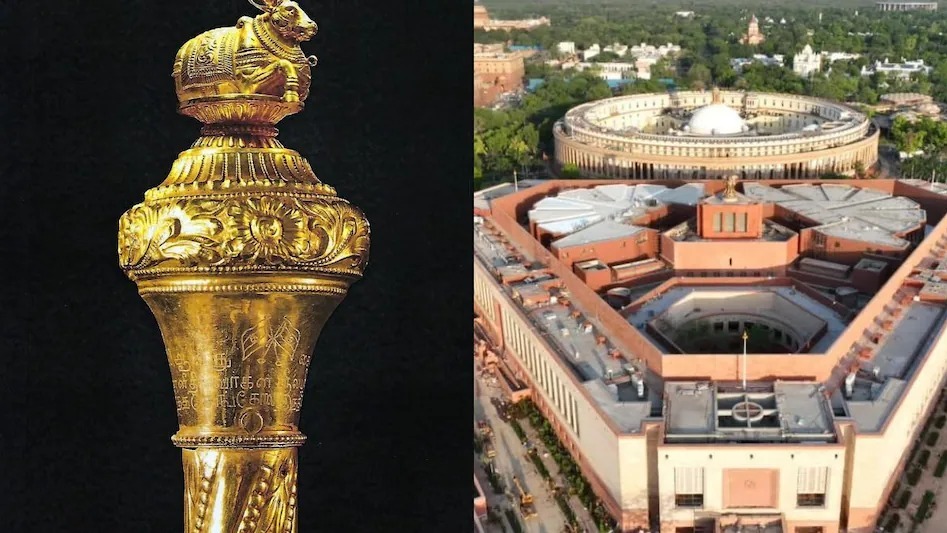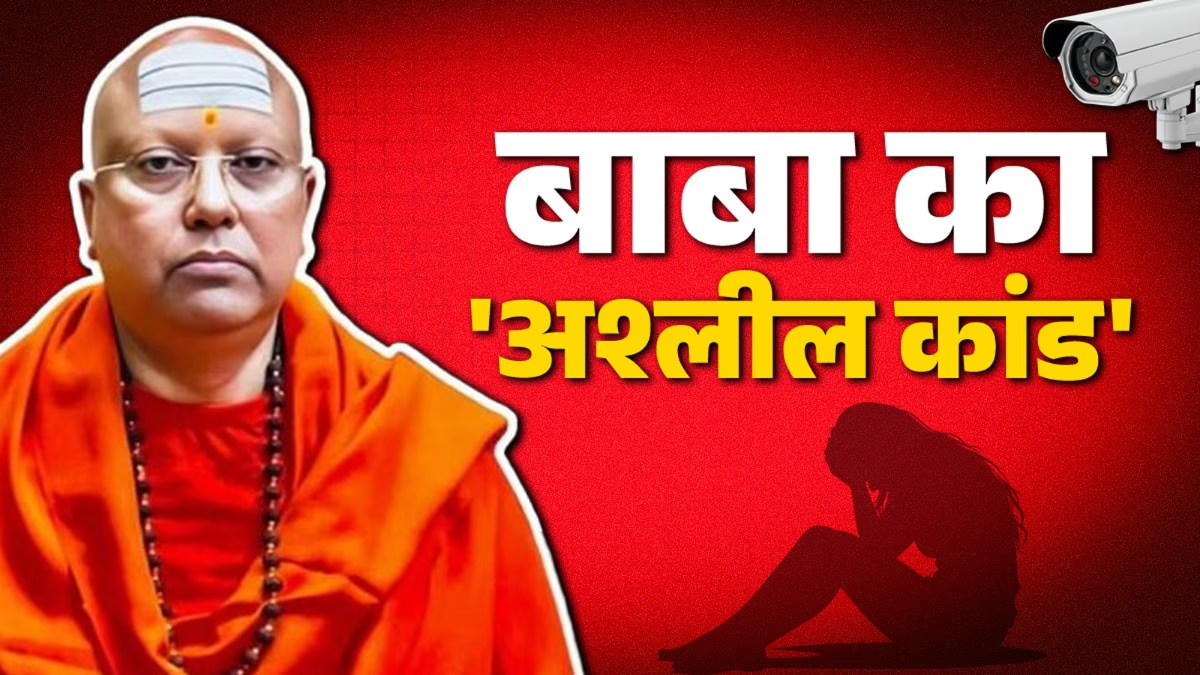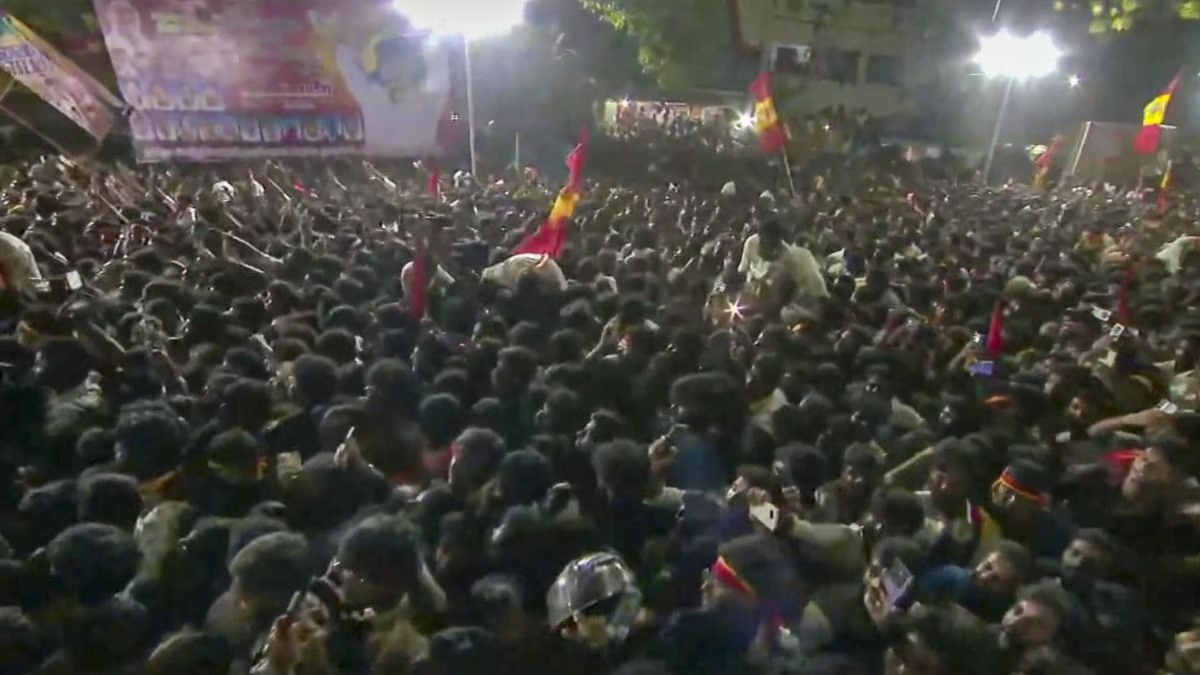The inaugural session of Parliament after the 2024 Lok Sabha Election is underway. Following the oath-taking of the newly elected members and the Speaker's election, President Draupadi Murmu is addressing a joint session of the two houses. Amid these events, the political heat over the installed Sengole in the Parliament has intensified. The opposition parties have begun demanding the removal of the Sengol, placed near the Speaker's seat in the parliamentary building. The Socialist Party (SP) has called for the removal of the Sengol, branding it a symbol of monarchy, and replacing it with the constitution.
'The Constitution is essential...'
Socialist Party's Rajya Sabha MP RK Chaudhary stated that the constitution is crucial, a symbol of democracy. During its last term, the BJP government led by Prime Minister Modi established a 'Sengol' in Parliament. 'Sengol' means 'scepter,' which also translates to 'the rod of the king.' After ending the princely states, the country became independent. Should the country be governed by 'the rod of the king' or by the Constitution? I demand the removal of Sengol from Parliament to preserve the Constitution.
What did Akhilesh Yadav say?
Following RK Chaudhary's statement, SP leader and MP Akhilesh also made comments, saying, "It seems that our MP might have said this because when it (Sengol) was established, the Prime Minister bowed before it. Perhaps while taking the oath, he forgot about it, and maybe my party mentioned this to remind him. When the Prime Minister forgot to bow before it, perhaps he wanted something else.
Shiv Sena (UBT) leader Sanjay Raut commented on the SP leader's statements that the Constitution is important, and that we will discuss this in the India Block.
Also Read:
SP Gets Support from Congress and RJD
The Congress Party has supported the Socialist Party on the Sengol issue. Party representatives said SP's demand regarding the Sengol is not wrong.
Congress MP Renuka Chaudhary said BJP unilaterally installed the Sengol... SP's demand is not wrong. The house is supposed to run inclusively but BJP acts arbitrarily.
RJD leader Misa Bharti stated that the Sengol should be removed; it belongs in a museum, not in a democracy but a kingdom. The Sengol, symbolizing monarchy, should be removed.
'Modi ji respects the Constitution...'
BJP Lok Sabha MP Khagen Murmu countered RK Chaudhary's statement, saying these people lack other work. They have misled about the Constitution. They do not respect the Constitution. Modi ji gives a lot of respect to the Constitution.
On the SP leader's statement, BJP MP Mahesh Jethmalani said that the Sengol is a symbol of the nation. The Sengol was established and now no one can remove it.
Union Minister Jayant Chaudhary said that this is how they operate, seeking attention with trivial matters in the nation's supreme house. We all respect the Constitution, not just the Socialist Party.
'The beginning of the downfall...'
In response to RK Chaudhary's statement, Union Minister and LJP leader Chirag Paswan said, "The people elected them to perform and here in Parliament, these people only create disputes. They could do positive politics. Instead, they engage in divisive politics.
BJP MP Ravi Kishan says it's good they won, but their sense is confused. They have even begun to compare their MP to Lord Ram, marking the beginning of their downfall.
Also Read:
Sengol's Modern History Tied to India's Freedom
The recent debates around the Sengol established in the Parliament trace back to modern history and India's independence when the then-Prime Minister Jawaharlal Nehru received it as a symbol of power transition. Looking at ancient history, Sengol's origins connect to the Chola dynasty rule, where a former king would formally hand over governing power to the new king by passing the Sengol, serving as tangible proof of the succession and instructions for just governance.
Links to 5000-Year-Old Mahabharata
References to such successions are found in epic tales of Ramayana and Mahabharata. Tales include ceremonial crowning, donning the royal crown as symbols of power handover, while a metal rod, termed the royal scepter, was bestowed as well. Its mention is found during Yudhishthira's coronation in the epic Mahabharata, where it's stated 'the royal scepter upholds dharma (righteousness) and protects wealth and justice.'
Also Read:
The Concept of the Royal Scepter
Within Vedic rituals related to kingship and the royal scepter, an ancient practice is described. During a coronation, a ritual has the king declare ‘I am unpunishable’ thrice, following which the royal priest striking the king with a Palash scepter pronounces ‘You are subject to dharma’s punishment.’ The scepter symbolizes that the ruler has the right to punish but also underscores that they, too, are governed by dharma (righteous duty).
Emerging from the Word Semmai
Digging deeper into Sengol's origin, reports suggest it stems from the Tamil word 'Semmai,' meaning 'uprightness,' implying that a sovereign holding the Sengol is bound to follow virtuous policies. Historically, during royal anointments, a leader's mentor would formally hand over the scepter, symbolizing the right to administer justice.




